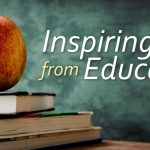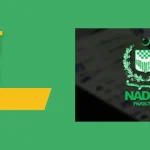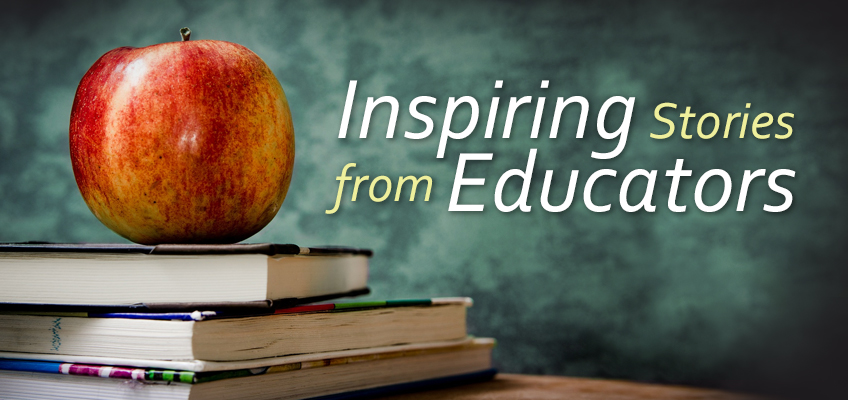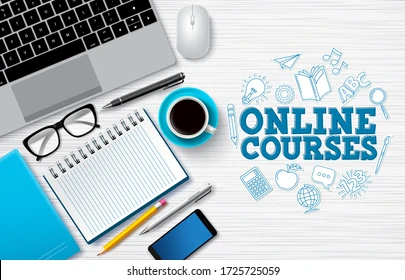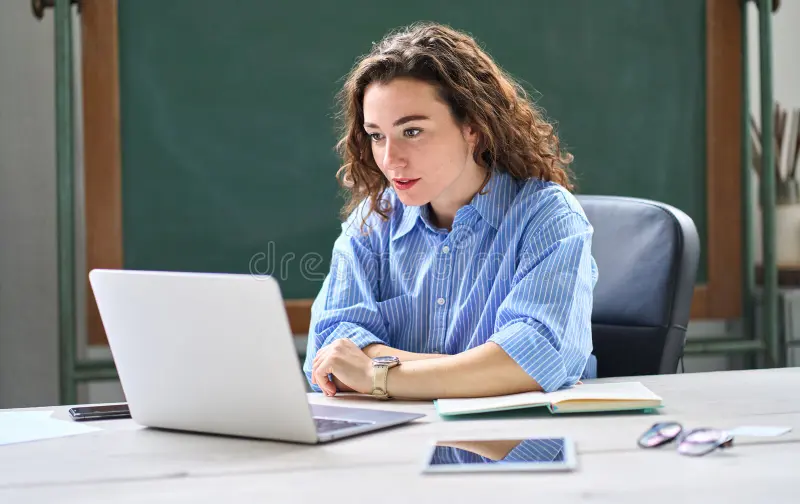📌 Introduction: The Hybrid Evolution of Learning
The future of education is not fully digital, nor fully traditional—it’s both. The ideal learning experience blends the efficiency of technology with the depth of face-to-face human interaction.
This powerful combination is known as blended learning.
Blended learning is an educational approach that integrates traditional classroom teaching with digital learning tools, platforms, and content.
As schools, colleges, and companies embrace innovation, blended learning is becoming the new standard in education.
🔍 1. What Is Blended Learning?
Blended learning (also called hybrid learning) is a teaching model where a portion of the instruction is delivered online, giving learners some control over time, pace, path, and place, while the rest happens in a physical setting.
In short, it combines:
- 🏫 Face-to-face instruction
- 💻 Online learning experiences

🧩 2. Common Models of Blended Learning
| Model Name | Description |
|---|---|
| Rotation Model | Students rotate between online and offline stations based on a schedule |
| Flex Model | Online learning is the backbone, with in-person support as needed |
| Flipped Classroom | Students learn online at home and apply concepts in class |
| A La Carte Model | Students take some courses online and others in person |
| Enriched Virtual | Primarily online, with occasional required classroom sessions |
Each model can be tailored to suit the learners’ age, needs, and context (e.g., schools vs. corporate training).
💡 3. Why Blended Learning Works
🔥 A. Increases Engagement
Online tools like videos, quizzes, and games capture students’ attention.
🧠 B. Supports Personalized Learning
Learners can progress at their own pace and review material as needed.
🧍♀️ C. Maintains Human Interaction
Students still benefit from teacher guidance and social learning with peers.
📱 D. Builds Digital Literacy
Exposure to tech tools prepares students for modern workplaces and lifelong learning.
🎓 4. Where Blended Learning Is Being Used
🏫 A. K–12 Schools
- Schools use Google Classroom, Khan Academy, and Nearpod to blend in-person teaching with digital content.
- Students rotate between teacher-led and tech-enabled stations.
🎓 B. Colleges & Universities
- Lecture videos are watched at home (flipped classroom), while in-class time focuses on discussion and problem-solving.
🧑💼 C. Corporate Training
- Employees take compliance or skill-based courses online, then attend workshops or team sessions to apply learning.
🌐 D. Online Course Platforms
- Sites like Coursera, edX, and Udemy offer discussion forums, live Q&As, and project reviews alongside video content.
🧰 5. Tools & Technologies That Enable Blended Learning
| Tool/Platform | Use Case |
|---|---|
| Google Classroom | Assignment management, announcements |
| Zoom / MS Teams | Live virtual sessions |
| Edmodo | Class communication and content sharing |
| Khan Academy | Personalized learning paths, practice |
| Padlet | Collaborative idea boards |
| Nearpod | Interactive presentations with quizzes |
| LMS (Moodle, Canvas) | Full learning management & tracking |
📈 6. Benefits of Blended Learning
| Benefit | Impact |
|---|---|
| ✅ Flexibility | Students can learn anytime, anywhere |
| ✅ Accessibility | Content can be replayed or reviewed as needed |
| ✅ Better Classroom Use | Teachers can focus on higher-order thinking, not just content delivery |
| ✅ Real-Time Feedback | Digital assessments provide instant performance data |
| ✅ Increased Collaboration | Tools allow for both online and in-class teamwork |
| ✅ Scalability | Works well for large-scale training and diverse learner groups |
🚧 7. Challenges of Blended Learning
❌ A. Digital Divide
Not all students have equal access to devices or internet connectivity.
❌ B. Self-Discipline Required
Learners must be motivated to complete online components independently.
❌ C. Teacher Training Gaps
Teachers need professional development to design and manage hybrid courses effectively.
❌ D. Time-Intensive Setup
Creating quality blended content and schedules requires significant planning and tech setup.
📘 8. Case Studies
🎓 A. Stanford University
Uses flipped classrooms in computer science courses. Students watch lectures at home and solve complex problems in class.
🏫 B. Singapore’s Ministry of Education
Blended learning is integrated into national education policy. All secondary students receive devices, and schools offer tech-enabled personalized learning.
🧑💼 C. IBM
Saves $200 million annually by shifting 50% of its training to blended e-learning, while boosting learner retention.

💬 9. What Educators Say
👩🏫 “Blended learning freed up class time for creative thinking and peer interaction.”
— High School Teacher
🎓 “Watching lectures at home let me learn at my own speed. I came to class ready to discuss.”
— University Student
🧑💼 “Blended onboarding helped our remote teams hit the ground running.”
— HR Manager
🔮 10. The Future of Blended Learning
🤖 AI Integration
AI will help personalize learning even further, suggesting the right videos, quizzes, or tutors for each student.
🕶️ Immersive Tech
VR and AR will be used for simulations in fields like medicine, architecture, and aviation—part online, part hands-on.
🌍 Global Access
As internet access expands, more schools in rural or low-income areas will benefit from blended methods.
📊 Learning Analytics
Data from blended systems will allow institutions to track outcomes, improve teaching, and support students more effectively.
✅ Conclusion: The Best of Both Worlds
Blended learning offers the structure of traditional classrooms and the flexibility of digital tools, giving educators the power to meet diverse student needs in a changing world.
When done right, blended learning is not just an adaptation—it’s an upgrade
